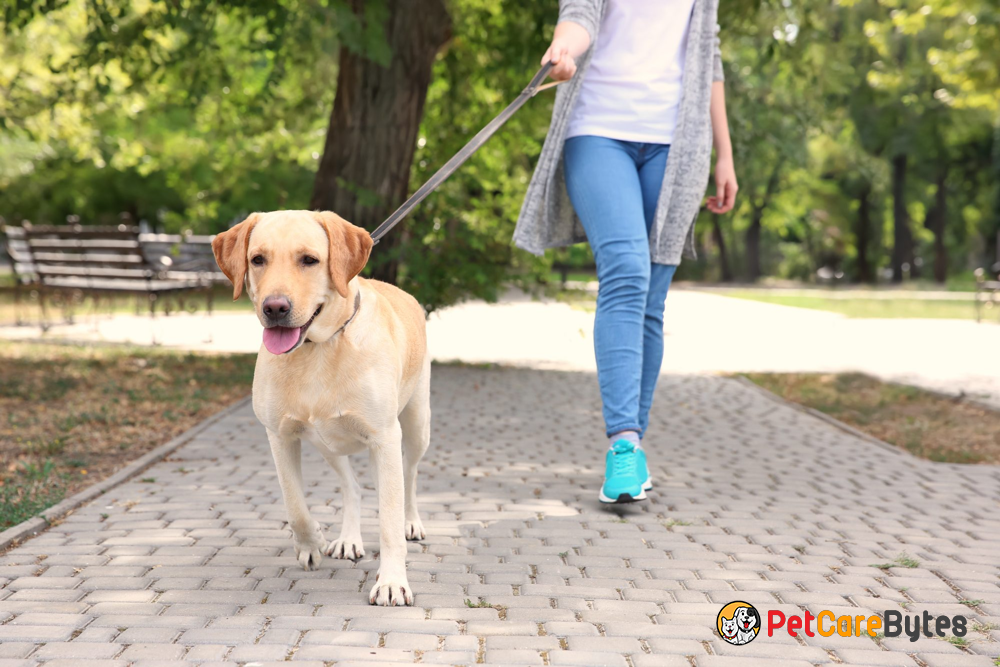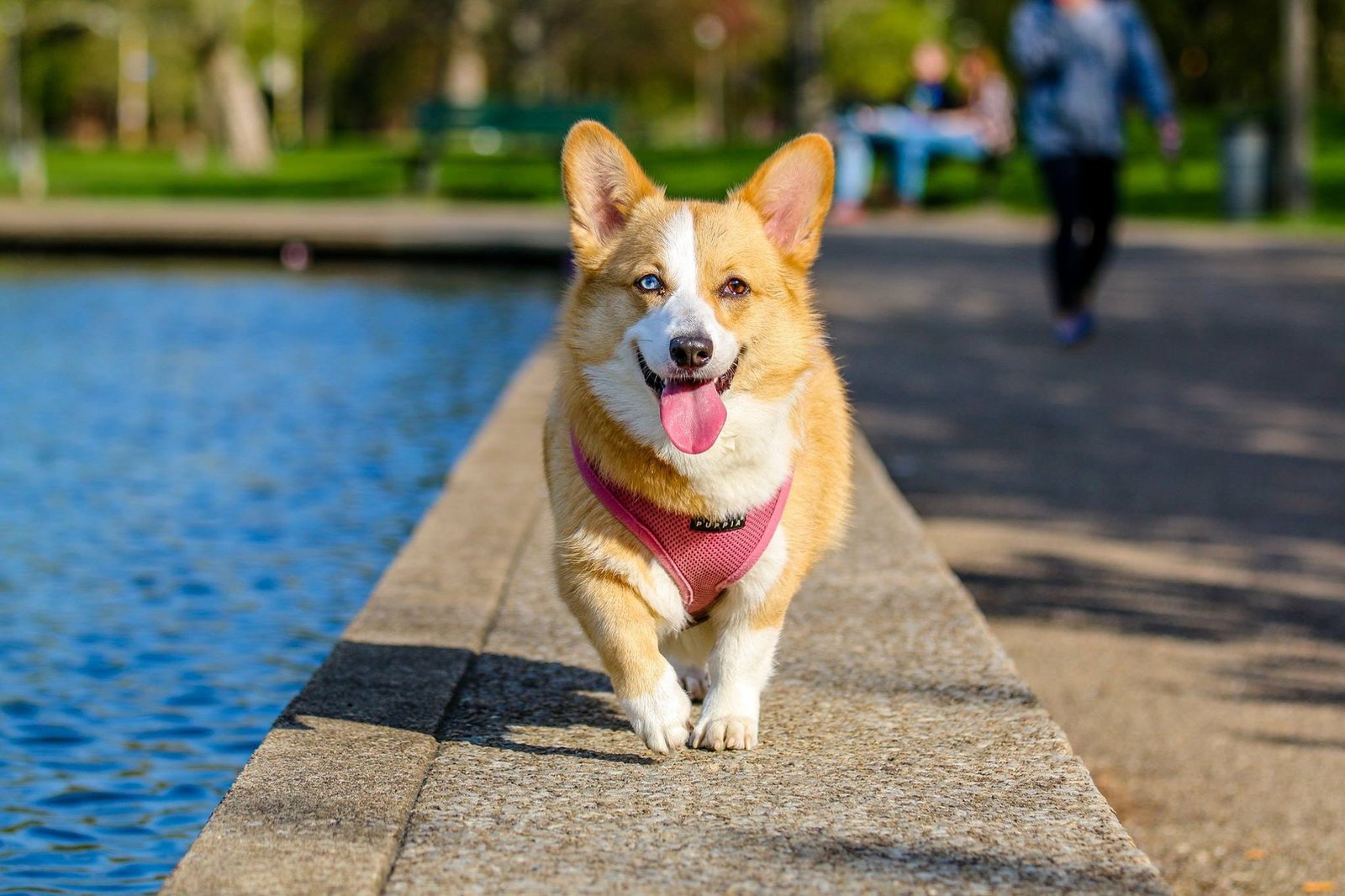Walking your dog is one of your most important activities with your furry friend. Not only does it provide exercise, but it’s also an excellent opportunity for socialization and training. However, it can be challenging to know where to start, especially if you’re a new dog owner. Here are the ten best helpful tips for walking your dog.
Read More: 7 Reasons to Walk Your Dog
Contents
Start Slow
When you first start walking your dog, starting slow is essential. You don’t want to overwhelm your dog by walking too far or fast. Start with short walks around your neighborhood and gradually increase the distance as your dog gets more comfortable.
Use the Right Equipment
Using the right equipment is crucial for a successful walk. A well-fitting collar or harness and a sturdy leash are necessary. A retractable leash may not be the best option if you have a solid or large dog. Instead, consider using a shorter leash or a no-pull harness.
Train Basic Commands
Basic commands like “sit,” “stay,” and “heel” can make walking your dog more enjoyable and safer. You can control your dog during walks and keep them from running into traffic or other dangerous situations by teaching your dog these commands.
Choose a Safe Route

When choosing a route for your walk, it’s essential to consider safety. Avoid busy streets and high-traffic areas. Stick to sidewalks and well-lit paths, especially at night. Be aware of your surroundings and hazards like broken glass or loose dogs.
Stay Alert and Aware
While on your walk, it’s essential to stay alert and aware. Keep an eye out for other dogs, cyclists, and pedestrians. Always be prepared to react to any unexpected situations that may arise.
Keep Your Dog Hydrated
Dogs can quickly become dehydrated, especially on hot days. Bring a water bottle and a collapsible bowl, so your dog can take frequent water breaks during your walk.
Practice Good Etiquette
Practicing good etiquette while walking your dog is essential. Always clean up after your dog and dispose of waste properly. Avoid letting your dog jump on people or other dogs, and keep them on a leash unless in designated off-leash areas.
Be Prepared for Emergencies
Accidents can happen anytime, so being prepared for emergencies is essential. Carry a first aid kit and your veterinarian’s phone number on walks. Knowing basic pet first aid can also be beneficial.
Be Consistent
Consistency is key when it comes to walking your dog. Try to walk your dog simultaneously every day so they get into a routine. Dogs thrive on consistency and will be more relaxed and well-behaved if they know what to expect.
Make it Fun!
Walking your dog should be a fun experience for you and your furry friend. Mix up your routes and try new places to explore. Incorporate games and training exercises into your walks to keep your dog engaged and mentally stimulated.
Read More: 8 Reasons to Walk Your Cat
FAQs
- How often should I walk my dog?
It depends on your dog’s breed, age, and energy level. Most dogs require at least one 30-minute walk daily, but some may need more. Consult with your veterinarian for personalized recommendations.
- Can I use a retractable leash for walking my dog?
While retractable leashes may seem convenient, they can be dangerous for you and your dog. Using a sturdy, non-retractable leash for walking your dog is best.
- Should I bring treats on walks with my dog?
Treats can be a helpful training tool during walks but don’t overdo it. Too many treats can lead to weight gain and other health issues.
- What should I do if my dog pulls on the leash during walks?
Pulling on the leash can be frustrating, but remaining calm and patient is essential. Consider using a no-pull harness or enrolling in a training class to address the issue.
- Can I listen to music or use my phone while walking my dog?
While it may be tempting to multitask, staying focused on your dog during walks is essential. Avoid distractions like phones and music and always be aware of your surroundings.
Conclusion
Walking your dog is not just an essential part of their physical health but also their mental well-being. By following the ten tips outlined in this article, you can ensure that your walks with your dog are safe, enjoyable, and fulfilling for both of you. Always consider your dog’s needs and preferences, and consult with your veterinarian or a professional trainer if you need additional guidance. By providing your dog with regular exercise and socialization, you can strengthen your bond and create a happy, healthy life together.
So, get outside, enjoy the fresh air, and spend quality time with your furry friend. Happy walking!




















